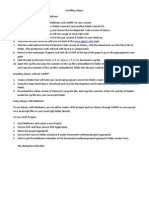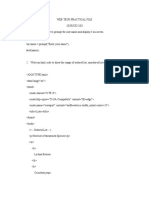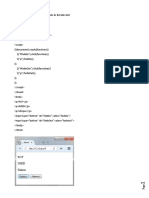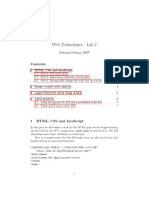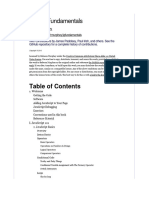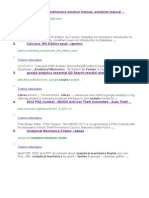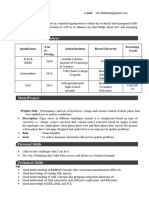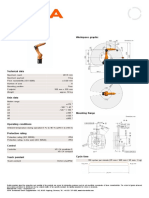0% found this document useful (0 votes)
14 views11 pagesWeb Technologies Lab Manual
WEB TECHNOLOGIES LAB MANUAL, MCA 2 YEAR SEM 1
Uploaded by
bhanusrinikethCopyright
© © All Rights Reserved
We take content rights seriously. If you suspect this is your content, claim it here.
Available Formats
Download as PDF, TXT or read online on Scribd
0% found this document useful (0 votes)
14 views11 pagesWeb Technologies Lab Manual
WEB TECHNOLOGIES LAB MANUAL, MCA 2 YEAR SEM 1
Uploaded by
bhanusrinikethCopyright
© © All Rights Reserved
We take content rights seriously. If you suspect this is your content, claim it here.
Available Formats
Download as PDF, TXT or read online on Scribd
/ 11









